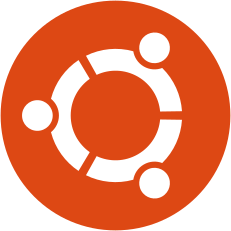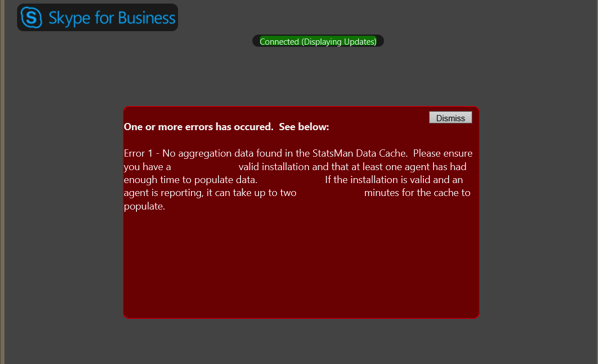In default Tomcat installation, you will find the following line at the top of Tomcat‘s global server configuration file server.xml :
|
|
<Server port="8005" shutdown="SHUTDOWN"> |
This configuration allows remote shutdown of Tomcat by sending telnet command to port 8005. Something to note:
1. Port 8005 is on TCP protocol. This is important for firewall configuration
2. Port 8005 must be available for Tomcat to start. Use “netstate -an | grep 8005 | grep LISTEN” to confirm prior of Tomcat startup
3. The shutdown command is configurable, and case sensitive. In this default configuration (as above), it must be uppercase SHUTDOWN. It can be configured to other value if there is a security concern.
4. If port number is -1, then remote shutdown is disabled
Following steps illustrate how to shutdown Tomcat remotely (I will login directly to Tomcat server and shut it down by telnet) Continue reading
 What is the correct way to store
What is the correct way to store 





Aug 19 2020
Disqus and other comments does not show on WordPress
The most often reason is misconfiguration in your WordPress. Check the following:
Turning on Comments for a Single Post or Page
Continue reading